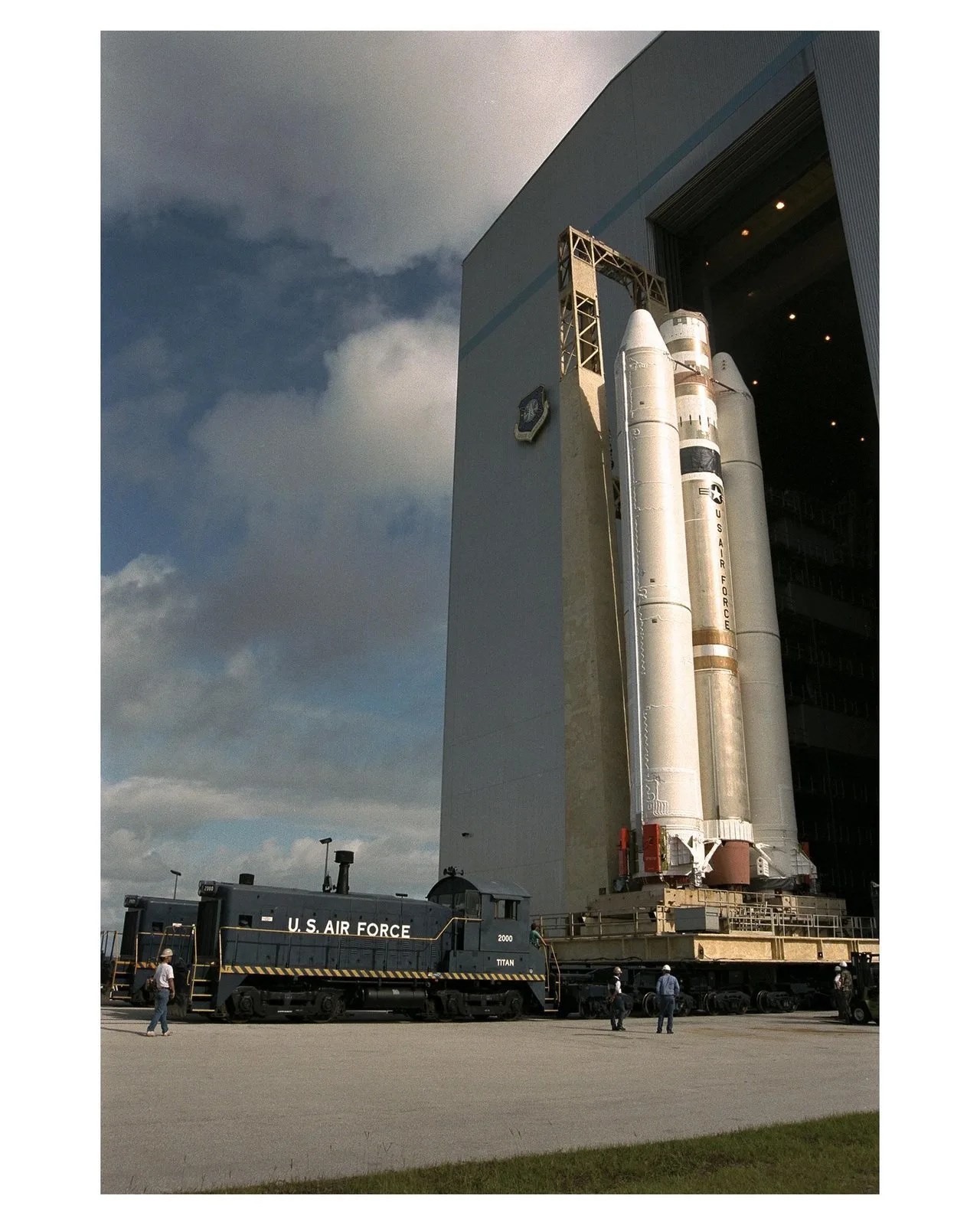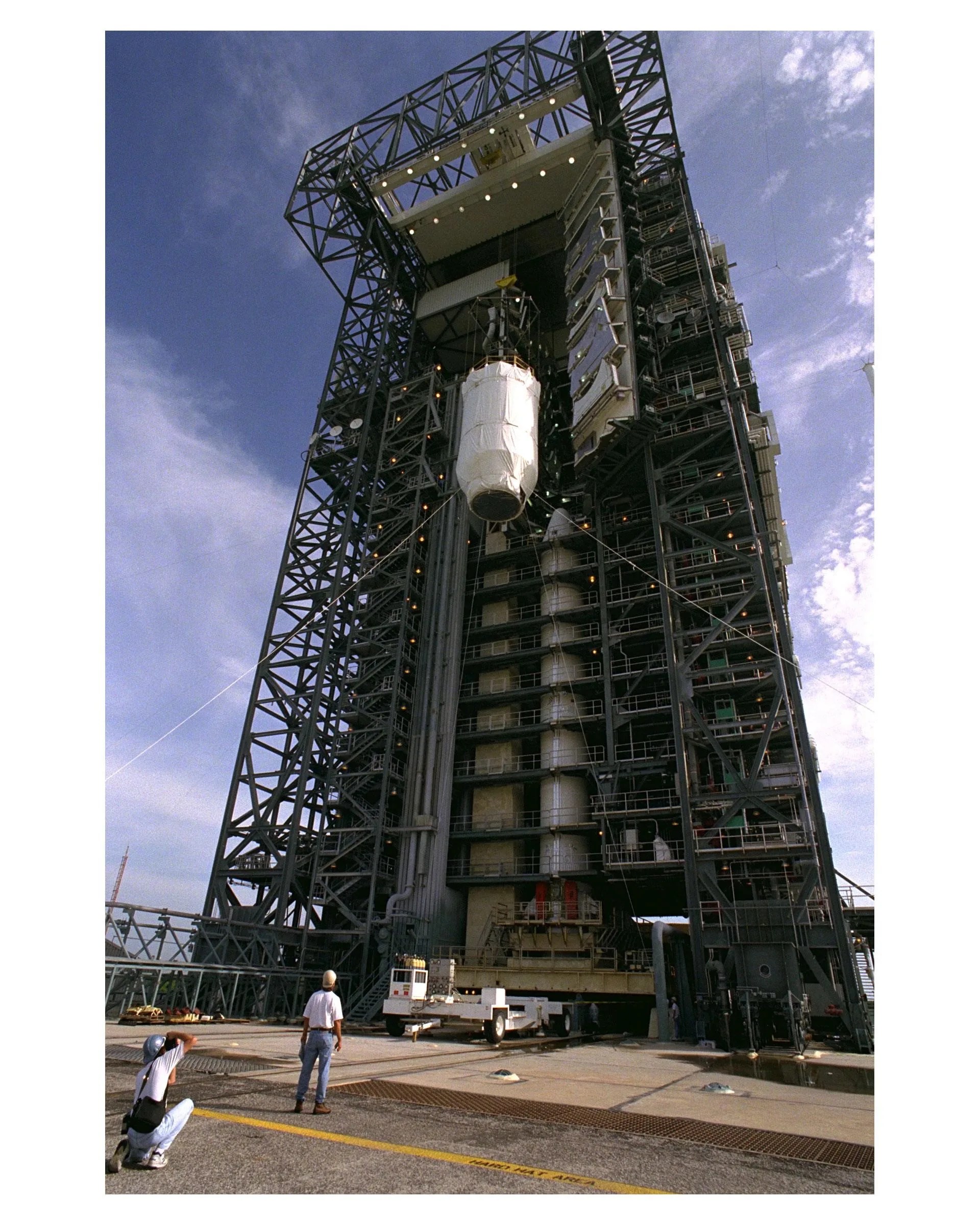4 min read

By Jimi Russell
NASA Glenn Research Center
This is part two of a five-part series detailing personal accounts of NASA Glenn’s Cassini Mission launch team.
During the lead up to Cassini, NASA Glenn was responsible for integrating the spacecraft with the launch vehicle, planning the launch, designing the unique mission hardware and developing the necessary software modifications, including designing the launch trajectories.
In addition to providing launch service, the team in Cleveland, as one of its integrated responsibilities, also worked independent verification and validation analyses of mission design and flight software to confirm everything the contractors were providing for the launch did, indeed, meet mission requirements.
“We worked for five years or so with industry, the Air Force and NASA’s Jet Propulsion Laboratory to develop the mission and flight software,” said Glen Horvat, a member of the mission planning team. “Lockheed Martin built and tested the Centaur, and we were responsible for verifying everything was good to go: the burns happened on time, the reaction control system operated properly, the separation events took place.”
To launch Cassini, NASA looked to the Air Force’s new Titan IV booster with the Centaur G-Prime upper stage, the largest and smartest version of Centaur, which was initially slated to fly aboard the space shuttle. But following the Space Shuttle Challenger tragedy in 1986, the Shuttle-Centaur program was cancelled, and the future use of the advanced Centaur was in doubt.

“That’s when the Air Force came looking for an upper stage for their new Titan IV booster,” said Craig Williams, who first worked on the program as an Air Force officer before returning as a civilian. “They took the larger G-Prime Shuttle-Centaur configuration for the Titan IV. And then, a couple of years later, the Cassini mission needed NASA’s highest performing launch vehicle, which was the Titan IV with our Centaur upper stage.”
This advanced version of the Centaur was needed to accommodate the size of Cassini, one of NASA’s heaviest spacecraft ever, and also to ensure the mission was able to reach the targeted launch trajectory and to provide the tremendous amount of energy required to send it to Saturn.
"Cassini was a very large spacecraft and, unlike Surveyor or Voyager, it required the larger Titan and Centaur,” said Joe Nieberding, who began his NASA career working on Centaur in 1966. “The shuttle version was much larger than the original Centaur, nearly five feet wider, and it had the power required. After Challenger, the G-Prime Centaur survived and went on to fly 16 missions as the upper stage for the Titan IV. Cassini became the first, and only, Titan IV-Centaur launch for NASA.
As launch approached, members of NASA Glenn’s team, led by Pat Symons, chief of NASA’s Launch Vehicle Program Office at Glenn, assembled at the Cape to complete various launch-essential tasks: they monitored the range safety prior to and during launch, they worked with safety personnel to safeguard Cassini’s radioisotope power supply, and they prepared algorithms to plot and monitor potential space debris that could threaten the launch.
“There are thousands of pieces of space debris up there,” said Horvat. “NORAD tracks them and we were able to design a system that would calculate their positions relative to the launch vehicle to ensure we didn’t hit anything during launch. It was a very advanced system at the time and this launch was its first use.”
With all of the parts, pieces and personnel in place, Cassini was finally “go for launch.”







